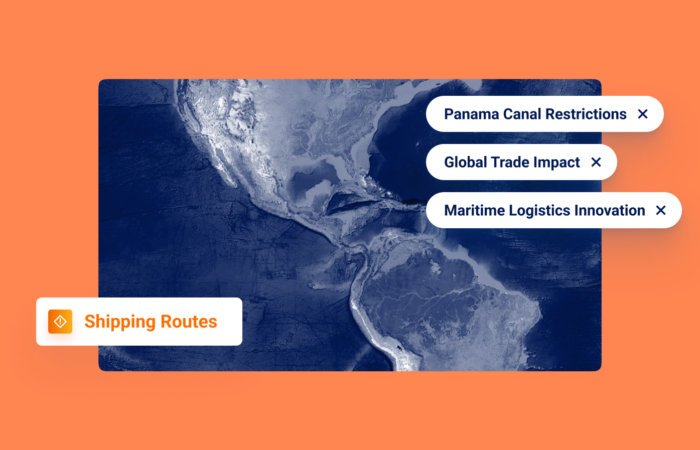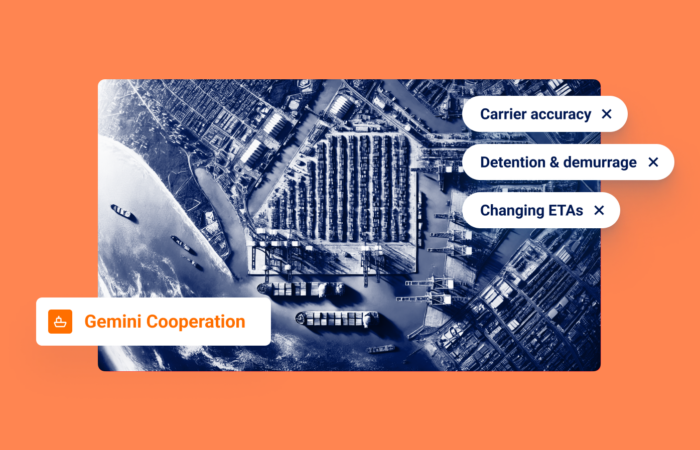Baltimore’s Big Impact: 24-Day Delay (And More)

What’s inside?
Tragedy struck when a massive container ship, a Singaporean-flagged container vessel named Dali, lost power and demolished a Baltimore bridge. Six people are presumed dead in the accident.
The accident has fueled major supply chain concerns, especially in the wake of the Panama Canal drought and ongoing Red Sea disruptions: the bridge spanned the entrance to the Port of Baltimore, the busiest U.S. port for car exports and the ninth-busiest for foreign cargo, according to the BBC. It is also the second biggest port for U.S. coal exports.
Speaking to the AP, Windward Co-Founder and CEO, Ami Daniel, noted other potential supply chain problems. In the Baltimore area, “if you’re in the construction business and you haven’t piled up enough steel because of (high) interest rates, then there’s a good chance you’re going to run out of steel…if you’re in the shipbuilding or construction business, it can slow down your project.”
Expect Delays…
There has been a 50% increase in destination updates for vessels expected to arrive in Baltimore. Some of the new destinations include the ports of Norfolk and Savannah, and some might decide to skip the U.S. entirely (very few will employ this strategy).

Windward’s Maritime AI™ platform shows a 200% increase in ETA updates for vessels expected in Baltimore between March 25-26. Fifty-eight percent (58%) of ETA changes were still for March, while 38% already updated their ETA to April, and 4% updated their ETA to May.
Shipments that are planned to arrive at Baltimore are expected to be delayed by at least 24 days, based on Windward’s Maritime AI Predictive ETA technology.
There has been a 600% (!) increase in vessels that conducted long drifting activities in the North Atlantic/United States exclusive economic zone (EEZ), which might mean that these vessels are waiting to see where they will be headed and to plan their journey anew due to the situation.
Currently, there are several vessels that are anchored away from the Baltimore port, mostly around the Annapolis port. Planet Lab images show that at least 12 vessels are anchored at that location, probably waiting for updates, or until they know where to go.

Here’s an example of a vessel headed to Baltimore that is currently anchoring near Annapolis, likely until the crew decides what to do:

Moving Forward
It’s very probable that it will take 1-2 weeks to clear the port entrance. Windward expects a redirect of inbound containers to other ports, and then the booking of new rail/truck shipments onwards. Similarly, vehicles being imported will be dropped in closer ports and hauled.
The supply chain ecosystem keeps witnessing the same phenomenon over and over: major disruptions strike, whether that’s the Panama Canal drought, the Red Sea crisis, or the Baltimore bridge tragedy. Organizations that are prepared with actionable visibility are better equipped to deal with the fall-out.
Technology enables companies to make faster, better decisions when something happens. It seems that recently more things have been happening than ever before…
Soon, Windward’s Ocean Freight Visibility solution will offer a Port of Destination Change exception that will be available starting from mid-April.
POD change is an exception that occurs on rare occasions, but when it does happen, the impact can be significant and expansive (as we see in this case). The situation in Baltimore is a vivid example of why it will be crucial.












